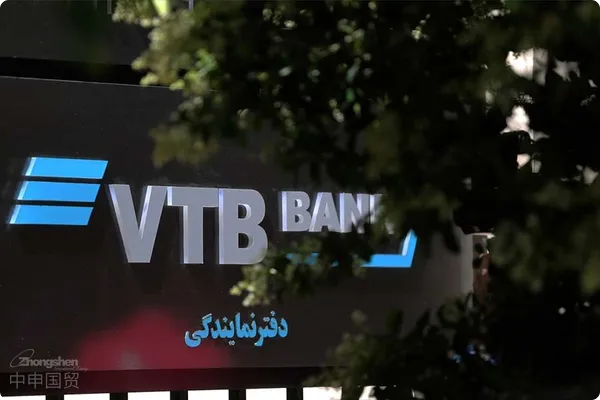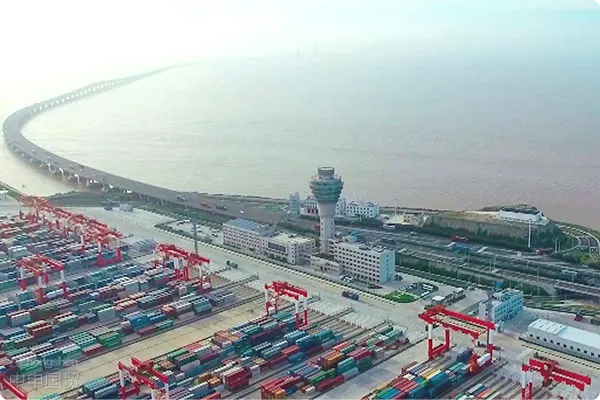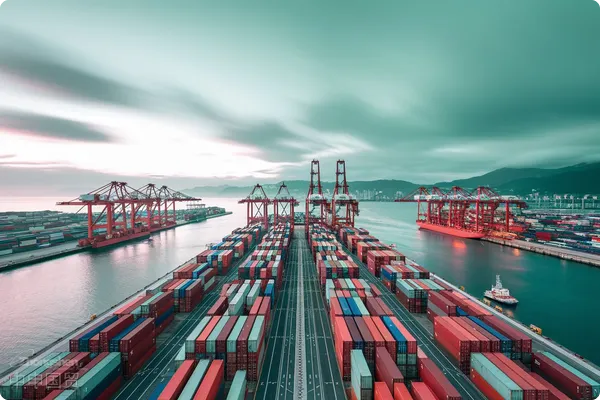- Shanghai Zhongshen International Trade Co., Ltd. - Two decades of trade agency expertise.
- Service Hotline: 139 1787 2118
Imported childrens cots, theseforeign tradeDo you know all the processes?
As an old foreign trader who has been working in the trade field for 20 years, I often encounter customers asking about the process of importing childrens cots. Today, taking childrens cots as an example, I will provide a detailed analysis for youimport and exportof the core processes. At the same time, combined with the latest customs consumption tips, it will help you avoid import risks.Import RepresentationI. Pre - import preparation work for childrens cots

The first step in importing childrens cots is to do sufficient preparatory work. This is as important as laying a good foundation for building a house.
HS code query:
- Childrens cots are usually classified under 9403.50.00 (other wooden furniture for bedrooms), and the tariff rate is generally 0 - 10%, but it needs to be further subdivided according to materials, functions, etc.Regulatory conditions:
- An entry goods clearance form (A) is required, and some special materials may require an endangered species certificateIncluding basic documents such as contracts, invoices, packing lists,
- Booketc. In particular, the product instruction manual must be completeIt is recommended to verify through the following methods:Enterprises without import and export rights can solve this problem through the double - header declaration method
- Qualification Processing:According to customs consumption tips, imported childrens cots must meet the following standards:
The length of the bed surface is between 900 - 1400mm
- There must be guardrails on all four sides
- The applicable age range must be clearly marked
- There is a maximum thickness limit line for the mattress
- II. Precautions in the international transportation link
After completing the pre - import preparation, international transportation needs to be arranged. For products like childrens cots, I suggest choosing
After completing the preliminary preparations, international transportation needs to be arranged. For products like childrens cots, I recommend choosingMaritime TransportationThe LCL (Less than Container Load) method is both economical and safe.
Key points of transportation:
- The packaging should be firm to avoid damage during transportation.
- Confirm the customs declaration requirements of the exporting country in advance, especially that wooden packaging needs to be fumigated.
- Purchase sufficient transportation insurance. It is recommended to insure the goods at 110% of their value.
- For sensitive goods, it is recommended to reserve a 2 - 3 - week customs clearance buffer time.
III. Key steps of domestic customs clearance
After the goods arrive at the port, they enter the most critical customs clearance stage. According to my experience, the customs clearance of baby cots generally takes 3 - 5 working days.
Customs clearance process:
- Customs declaration: Provide complete customs declaration materials and pay attention to the accurate product description.
- Payment of taxes and fees: Including tariffs, value - added tax, etc. The value - added tax rate for baby cots is 13%.
- Customs inspection: About 30% of baby cots will be randomly inspected, mainly to check the safety performance.
- Legal inspection stage: A product inspection report needs to be provided, which should comply with the GB 28007 - 2011 standard.
Special reminder: According to the customs consumption tips, the following aspects need to be focused on during customs clearance:
- Whether the product has burrs, cracks and obvious deformation.
- Whether there are dangerous sharp edges and protrusions.
- Whether the height of the guardrail meets the standard (≥500mm).
- Whether the product identification and instructions for use are complete.
IV. Goods pickup and post - pickup precautions
After customs clearance is completed, goods pickup can be arranged. But the work is not over yet. There are still several important aspects that need attention.
Key points of goods pickup:
- Check whether the quantity of goods and the outer packaging are intact.
- Arrange professional transportation vehicles to avoid secondary damage.
- Conduct quality spot - checks before the goods are put into storage.
Post - pickup work:
- Settle various expenses (logistics fees, taxes and fees, agency fees, etc.) in a timely manner.
- Retain complete import documents for at least 3 years.
- Pay attention to the after - sales feedback of products and handle quality problems in a timely manner.
V. Professional suggestions for importers
Combined with 20 years of foreign trade experience, I would like to give some suggestions to enterprises that want to import baby cots:
- Choose regular suppliers:Give priority to manufacturers with EN716 or ASTM F406 certifications
- Conduct product inspections in advance:It is recommended to complete the inspection items required by the domestic side before shipment
- Reserve sufficient time:It is recommended to reserve 45 - 60 days for the entire import process
- Purchase product liability insurance:Avoid potential product liability risks
Finally, we would like to remind all importers that as childrens products, childrens cots are under strict customs supervision. It is necessary to import them in strict accordance with national standards to ensure product safety. If you encounter any problems during the import process, you are welcome to consult professional foreign trade agency companies like us at any time.
Remember: compliant import is not only for smooth customs clearance, but also for the safety of children. We hope this article can help you smoothly carry out the import business of childrens cots!
Related Recommendations
? 2025. All Rights Reserved. Shanghai ICP No. 2023007705-2  PSB Record: Shanghai No.31011502009912
PSB Record: Shanghai No.31011502009912










